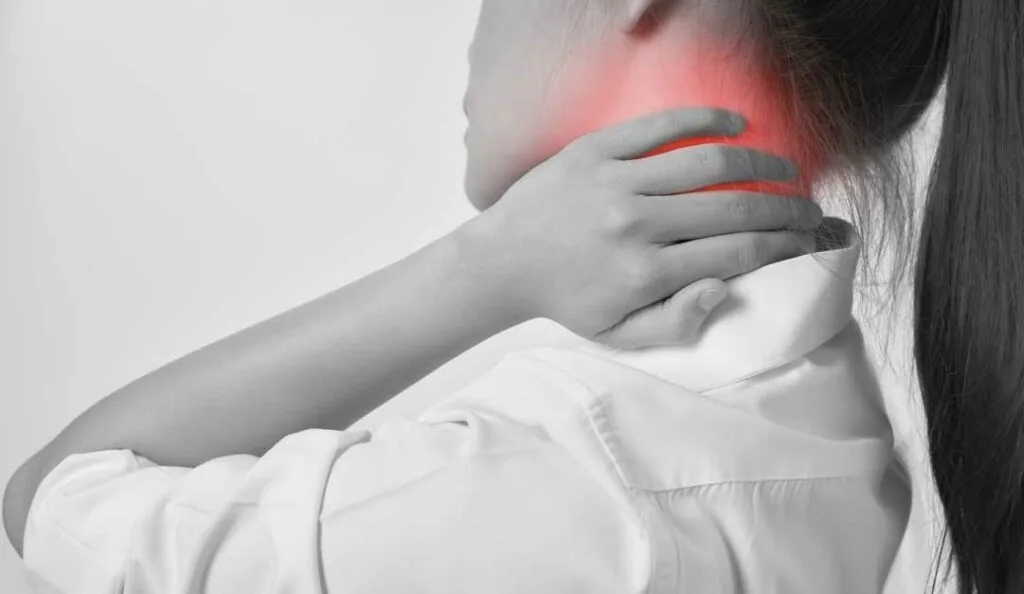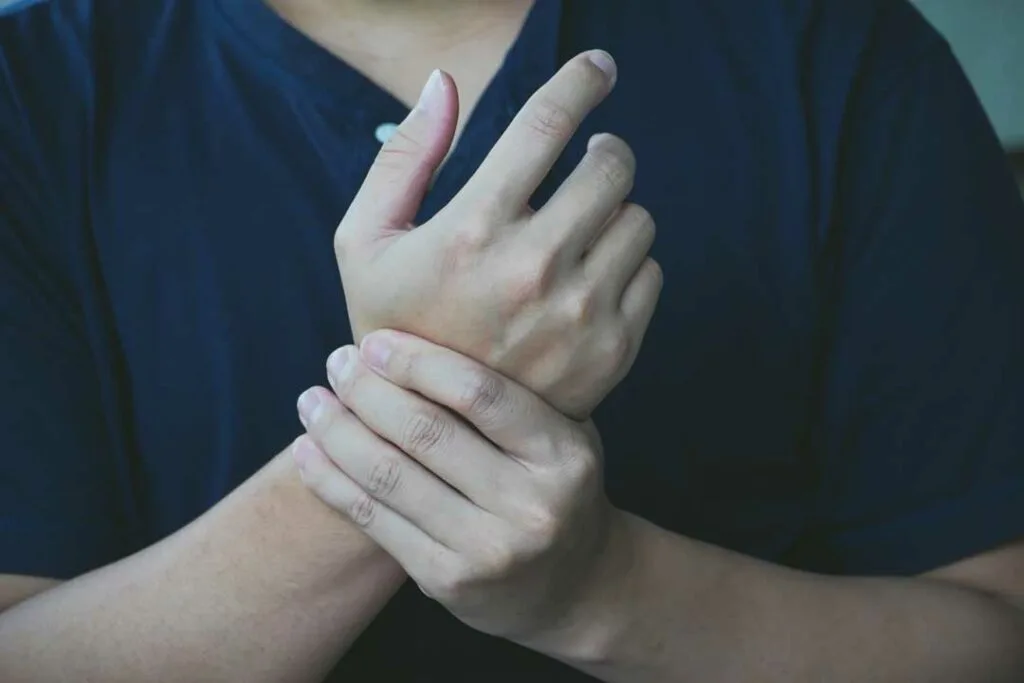Complex Regional Pain Syndrome (CRPS) is a chronic, often debilitating condition that causes prolonged pain and inflammation, typically following an injury or surgery. Although the initial trigger is usually some form of trauma, such as a fracture, surgery, or even a minor sprain, the pain of CRPS can persist far beyond the expected healing time and can become severe and all-encompassing, affecting not only the site of injury but also nearby areas of the body. CRPS is classified as a rare disorder, but it can have a profound impact on those affected, leading to physical limitations, emotional distress, and a reduced quality of life.

Types of CRPS
There are two primary types of CRPS:
- CRPS Type I (formerly known as Reflex Sympathetic Dystrophy or RSD): This type occurs without any confirmed nerve injury. It typically follows an injury or surgery but does not involve direct nerve damage. Type I is more common than Type II and accounts for about 90% of cases.
- CRPS Type II (formerly called Causalgia): This type involves a distinct, identifiable nerve injury. The symptoms are similar to Type I, but Type II has a clear traumatic event that directly affects nerve tissue.
Causes and Risk Factors
The exact cause of CRPS remains unclear, though it is believed to involve a malfunction in the peripheral and central nervous systems, which control pain and inflammatory responses in the body. Normally, the nervous system reacts to injury by initiating a healing process, but in people with CRPS, this process appears to malfunction, leading to persistent pain, inflammation, and sensitivity long after the initial injury has healed.
Certain factors increase the risk of developing CRPS:
- Injury: Common injuries that can trigger CRPS include fractures, sprains, strains, and surgeries.
- Nerve damage: Any injury or trauma that directly involves nerves may lead to CRPS.
- Immune system response: Some experts believe that an immune system response to injury may play a role in CRPS, as inflammation and swelling are hallmarks of the syndrome.

Symptoms of CRPS
The symptoms of CRPS are varied and can range in severity, and the California CRPS injury lawyers conclude that the most common symptoms include:
- Persistent, intense pain: The pain in CRPS is often described as burning, throbbing, or aching. It can be disproportionate to the severity of the initial injury and may spread to areas beyond the original injury site.
- Sensory abnormalities: People with CRPS often experience extreme sensitivity to touch, known as allodynia, where even light contact, like brushing against clothing, causes severe pain.
- Swelling and skin changes: Swelling in the affected area is common, and there may be changes in skin color (red, blue, or blotchy), temperature (hot or cold), and texture (shiny or thin).
- Joint stiffness and mobility issues: As the pain and swelling increase, it can become difficult to move the affected limb, leading to muscle weakness and stiffness.
- Abnormal sweating and nail growth: Some people with CRPS experience abnormal sweating in the affected area, as well as unusual hair and nail growth patterns.
Diagnosis of CRPS
Diagnosing CRPS can be challenging because no single test can confirm the condition. Diagnosis often involves:
- Physical examination: Doctors look for symptoms such as swelling, skin changes, and abnormal sensitivity.
- Medical history: A history of recent injury or surgery in the affected area is a common indicator.
- Imaging tests: Tests like X-rays, MRI, or bone scans may help rule out other conditions and assess for changes that indicate CRPS, such as bone loss or inflammation.
Treatment Options
While CRPS can be difficult to treat, early intervention often offers the best chance of symptom management. Treatment options include:

- Pain management: Medications such as nonsteroidal anti-inflammatory drugs (NSAIDs), corticosteroids, and nerve-blocking agents can help relieve pain.
- Physical therapy: Gentle, guided exercises can help prevent stiffness, improve circulation, and maintain mobility in the affected area.
- Psychotherapy: Chronic pain can be emotionally challenging, so therapies like cognitive-behavioral therapy (CBT) are often recommended to help individuals manage pain, anxiety, and depression.
- Interventional treatments: Some patients benefit from more advanced procedures like nerve blocks, spinal cord stimulators, or sympathetic nerve blocks.
- Alternative therapies: Acupuncture, mirror therapy, and graded motor imagery are non-invasive techniques that some people find helpful in managing CRPS symptoms.
Prognosis and Quality of Life
The prognosis for CRPS varies. In some cases, symptoms may gradually improve, especially with early treatment. However, in other cases, the condition may persist for years or even spread to other areas of the body, causing lasting pain and disability. Chronic pain from CRPS can interfere with daily activities, limit physical ability, and contribute to emotional distress, impacting mental health and overall quality of life.

Complex Regional Pain Syndrome is a serious, chronic condition that can cause severe and long-lasting pain. Understanding the signs, seeking early diagnosis, and accessing appropriate treatments are essential for managing symptoms and improving quality of life. Although CRPS is challenging to treat, advancements in pain management and therapy provide hope for those affected by this debilitating syndrome.

Jessi is the creative mind behind The Coffee Mom, a popular blog that combines parenting advice, travel tips, and a love for all things Disney. As a trusted Disney influencer and passionate storyteller, Jessi’s authentic insights and relatable content resonate with readers worldwide.
